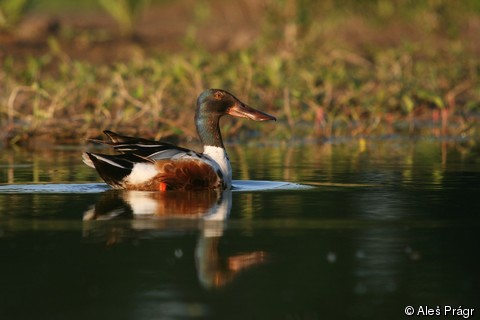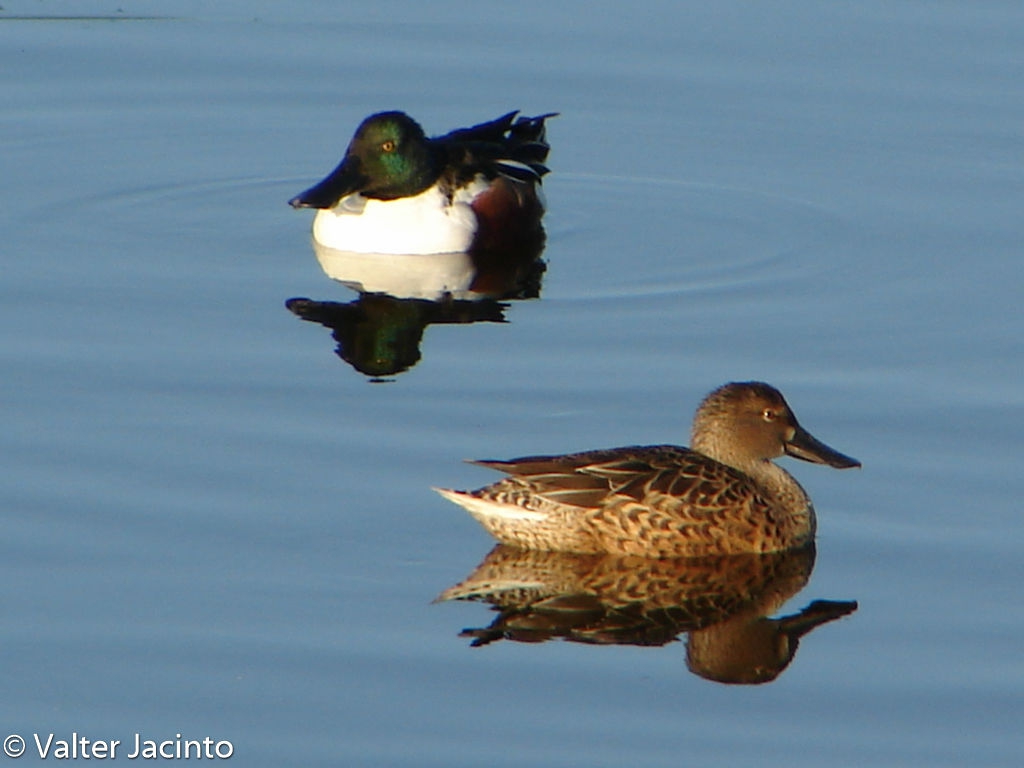| Citation |
|
Description |
Geographic Range [top]
Countries occurrence:
Native:
Afghanistan; Albania; Algeria; Anguilla; Antigua and Barbuda; Armenia (Armenia); Aruba; Austria; Azerbaijan; Bahamas; Bahrain; Bangladesh; Barbados; Belarus; Belgium; Belize; Bhutan; Bonaire, Sint Eustatius and Saba; Bosnia and Herzegovina; Bulgaria; Burkina Faso; Burundi; Cambodia; Canada; Cayman Islands; Central African Republic; Chad; China; Colombia; Congo, The Democratic Republic of the; Costa Rica; Côte dIvoire; Croatia; Cuba; Cyprus; Czech Republic; Denmark; Djibouti; Dominica; Dominican Republic; Egypt; El Salvador; Eritrea; Estonia; Ethiopia; Finland; France; Gambia; Georgia; Germany; Ghana; Greece; Guadeloupe; Guam; Guatemala; Guinea-Bissau; Haiti; Honduras; Hong Kong; Hungary; Iceland; India; Iran, Islamic Republic of; Iraq; Ireland; Israel; Italy; Japan; Jordan; Kazakhstan; Kenya; Kiribati; Korea, Democratic Peoples Republic of; Korea, Republic of; Kuwait; Kyrgyzstan; Lao Peoples Democratic Republic; Latvia; Lebanon; Liberia; Libya; Liechtenstein; Lithuania; Luxembourg; Macedonia, the former Yugoslav Republic of; Malawi; Malaysia; Maldives; Mali; Malta; Marshall Islands; Martinique; Mauritania; Mexico; Micronesia, Federated States of ; Moldova; Mongolia; Montenegro; Montserrat; Morocco; Myanmar; Nepal; Netherlands; Nicaragua; Niger; Nigeria; Northern Mariana Islands; Norway; Oman; Pakistan; Palestinian Territory, Occupied; Panama; Philippines; Poland; Portugal; Puerto Rico; Qatar; Romania; Russian Federation; Saint Kitts and Nevis; Saint Lucia; Saint Vincent and the Grenadines; Saudi Arabia; Senegal; Serbia (Serbia); Singapore; Slovakia; Slovenia; Somalia; South Sudan; Spain (Canary Is.); Sri Lanka; Sudan; Sweden; Switzerland; Syrian Arab Republic; Taiwan, Province of China; Tajikistan; Tanzania, United Republic of; Thailand; Togo; Trinidad and Tobago; Tunisia; Turkey; Turkmenistan; Turks and Caicos Islands; Uganda; Ukraine; United Arab Emirates; United Kingdom; United States (Georgia, Hawaiian Is.); United States Minor Outlying Islands; Uzbekistan; Viet Nam; Western Sahara; Yemen; Zambia
Vagrant:
Australia; Bermuda; Botswana; Brunei Darussalam; Cameroon; Ecuador; Faroe Islands; French Polynesia; Greenland; Guinea; Jamaica; Mozambique; Namibia; New Zealand; Rwanda; Saint Pierre and Miquelon; Seychelles; South Africa; Svalbard and Jan Mayen; Venezuela, Bolivarian Republic of; Virgin Islands, British; Virgin Islands, U.S.; Zimbabwe
Additional data:
? Continuing decline in area of occupancy (AOO): Unknown
? Extreme fluctuations in area of occupancy (AOO): No ? Estimated extent of occurrence (EOO) - km2: 89900000
? Continuing decline in extent of occurrence (EOO): Unknown ? Extreme fluctuations in extent of occurrence (EOO): No
? Continuing decline in number of locations: Unknown
? Extreme fluctuations in the number of locations: No
Range Map: Click here to open the map viewer and explore range.
Population [top]
Population: The global population is estimated to number c.6,500,000-7,000,000 individuals (Wetlands International 2015). The European population is estimated at 170,000-233,000 pairs, which equates to 340,000-466,000 mature individuals (BirdLife International 2015).
Trend Justification: The overall population trend is decreasing, although some populations may be increasing and others have unknown trends (Wetlands International 2015). This species has undergone a small or statistically insignificant increase over the last 40 years in North America (data from Breeding Bird Survey and/or Christmas Bird Count: Butcher and Niven 2007). The European population trend is estimated to be stable (BirdLife International 2015).
Current Population Trend: Decreasing
Additional data:
? Continuing decline of mature individuals: Unknown
? Extreme fluctuations: No ? Population severely fragmented: No
? Continuing decline in subpopulations: Unknown
? Extreme fluctuations in subpopulations: No ? All individuals in one subpopulation: No
Habitat and Ecology [top]
Habitat and Ecology: Behaviour This species is highly migratory although it may be present all year round in parts of Europe (del Hoyo et al. 1992). It arrives on the breeding grounds from March where it breeds in solitary pairs or loose groups in the northern spring (chiefly from mid-April to June) (Madge and Burn 1988, del Hoyo et al. 1992). Males undergo a post-breeding moult migration from early-May to early-June (females moulting one month later) during which they are flightless for 3-4 weeks (Scott and Rose 1996). The autumn migration chiefly occurs between September and October (western Europe), during which the species is likely to travel on a broad front (e.g. across Arabia and into Africa) (Scott and Rose 1996). The species is usually found in pairs or small parties (Johnsgard 1978, Madge and Burn 1988) although it often congregates when feeding (Kear 2005b) (flocks of 20 or 30 to several hundred individuals occur in favoured areas in Africa [Brown et al. 1982] and large concentrations form at stop-over sites on migration) (Madge and Burn 1988). The species forages diurnally and roosts communally at night (Brown et al. 1982). Habitat It inhabits permanent shallow freshwater wetlands from sea level up to 2,900 m (Ethiopia) (Brown et al. 1982, del Hoyo et al. 1992, Snow and Perrins 1998), preferred sites being those surrounded by dense stands of reeds or other emergent vegetation whilst being free of overhanging trees or fringing forest (Snow and Perrins 1998). Copious submerged aquatic vegetation sheltering abundant planktonic invertebrates is a valuable habitat characteristic (Johnsgard 1978). Suitable habitats include well-vegetated lakes and marshes and with muddy shores and substrates in open country (Madge and Burn 1988, del Hoyo et al. 1992, Kear 2005b) (e.g. grasslands) (Johnsgard 1978, Brown et al. 1982), as well as oxbow lakes, channels and swamps (former U.S.S.R.) (Flint et al. 1984). It also frequents artificial waters bordered by lush grassland (Snow and Perrins 1998) such as sewage farms, rice-fields (Kear 2005b) and fish ponds (Musil 2006). In the winter it can be found on coastal brackish lagoons (Madge and Burn 1988, del Hoyo et al. 1992, Kear 2005b), tidal muflats (del Hoyo et al. 1992, Kear 2005b), estuaries (Madge and Burn 1988), coastal shorelines, fresh and brackish estuarine marshes (Johnsgard 1978), inland seas and brackish or saline inland waters (Snow and Perrins 1998), occasionally occurring (briefly) on marine waters during migration (Madge and Burn 1988, Snow and Perrins 1998) (although it generally avoids very saline habitats) (Johnsgard 1978). Diet Its diet consists of small aquatic invertebrates such as adult and larval insects (del Hoyo et al. 1992) (e.g. caddisfly larvae, damselfly and dragonfly nymphs, adult beetles, bugs and flies [Johnsgard 1978, Brown et al. 1982]), molluscs (del Hoyo et al. 1992), planktonic crustaceans (Snow and Perrins 1998), the seeds of emergent and aquatic plants (del Hoyo et al. 1992, Kear 2005b) (e.g. bulrushes and waterweeds) (Johnsgard 1978), annelids, amphibian spawn, tadpoles, spiders, fish and the vegetative parts of aquatic plants (e.g. duckweeds) (Johnsgard 1978, Brown et al. 1982). Breeding site The nest is a scrape or depression (del Hoyo et al. 1992, Kear 2005b) on the ground in tall grass, among hummocks, in the open (Flint et al. 1984) or (rarely) in bulrush marshes (Kear 2005b). Usually the species nests close to water but if grass cover is unavailable in the wetland site it may also nest far away from water under bushes, in hayfields or in meadows (Flint et al. 1984, Kear 2005b). Although it is not a colonial species, several pairs may nest in close proximity (Madge and Burn 1988). Management information A study in the Czech Republic found that fish ponds with a fish stock density of less than 400 kg/ha, water transparency of more than 50 cm, mixed fish stocks (e.g. tench and pike or perch) rather than monospecific stocks (e.g. of carp), and systems that include ponds with fish fry (to provide areas with low fish competition and high invertebrate availability) are more successful in supporting breeding pairs of this species (Musil 2006). The cyclical removal of adult fish from an artificial waterbody (gravel pit) in the UK attracted nesting pairs to the area by causing an increase in invertebrate food availability and an increase in the growth of submerged aquatic macrophytes (Giles 1994). The removed fish (dead or alive) were sold to generate funds (Giles 1994).
Systems: Terrestrial; Freshwater; Marine
Continuing decline in area, extent and/or quality of habitat: Unknown
Generation Length (years): 6.5
Movement patterns: Full Migrant
Congregatory: Congregatory (and dispersive)
Threats [top]
Major Threat(s): The species is threatened by habitat loss in Britain and Ireland (Kear 2005b), is occasionally killed by collisions with power transmission lines (Malcolm 1982), and suffers from nest predation by American mink Neovison vison (Opermanis et al. 2001, Nordstrom et al. 2002, Bartoszewicz and Zalewski 2003). It is susceptible to avian influenza (Melville and Shortridge 2006, Gaidet et al. 2007) and avian botulism (Forrester et al. 1980) so may be threatened by future outbreaks of these diseases. The species may suffer from reproductive impairment as a result of selenium (Se) accumulation in liver tissues (selenium contained in sub-surface agricultural drain-water used for wetland management in California led to bioaccumulation of the element in the food chain) (Paveglio et al. 1997). The species suffers mortality as a result of lead shot ingestion (Camargue, France and Spain [Mateo et al. 1998, Mondain-Monval et al. 2002]). Utilisation The species is a favoured quarry species throughout most of the world, but is rarely taken in large numbers (Kear 2005b). It is hunted for sport in North America (Baldassarre and Bolen 1994), Denmark (Bregnballe et al. 2006) and the Po delta, Italy (Sorrenti et al. 2006), and is hunted commercially and recreationally in Iran (Balmaki and Barati 2006). The eggs of this species used to be (and possibly still are) harvested in Iceland (Gudmundsson 1979).
Conservation Actions [top]
Conservation Actions: Conservation Actions Underway
CMS Appendix II. EU Birds Directive Annex II and III. The following information refers to the speciess European range only: Some studies have been done on the requirements of this species. A study in the Czech Republic found that fish ponds with a fish stock density of less than 400 kg/ha, water transparency of more than 50 cm, mixed fish stocks (e.g. tench and pike or perch) rather than monospecific stocks (e.g. of carp), and systems that include ponds with fish fry (to provide areas with low fish competition and high invertebrate availability) are more successful in supporting breeding pairs of this species (Musil 2006). The cyclical removal of adult fish from an artificial waterbody (gravel pit) in the U.K. attracted nesting pairs to the area by causing an increase in invertebrate food availability and an increase in the growth of submerged aquatic macrophytes (Giles 1994). The removed fish (dead or alive) were sold to generate funds (Giles 1994).
Conservation Actions Proposed
The following information refers to the speciess European range only: A network of key sites needs to be preserved and low-intensity farmland practices encouraged to help preserve habitat for this species. Power lines should be moved or made more visible and appropriate predator control undertaken in breeding areas. The impact of hunting should be researched and monitored to ensure bag numbers are sustainable.
Citation: BirdLife International. 2016. Spatula clypeata. The IUCN Red List of Threatened Species 2016: e.T22680247A86018682. http://dx.doi.org/10.2305/IUCN.UK.2016-3.RLTS.T22680247A86018682.en. Downloaded on 10 March 2017.
Disclaimer: To make use of this information, please check the .
Feedback: If you see any errors or have any questions or suggestions on what is shown on this page, please provide us with feedback so that we can correct or extend the information provided |


